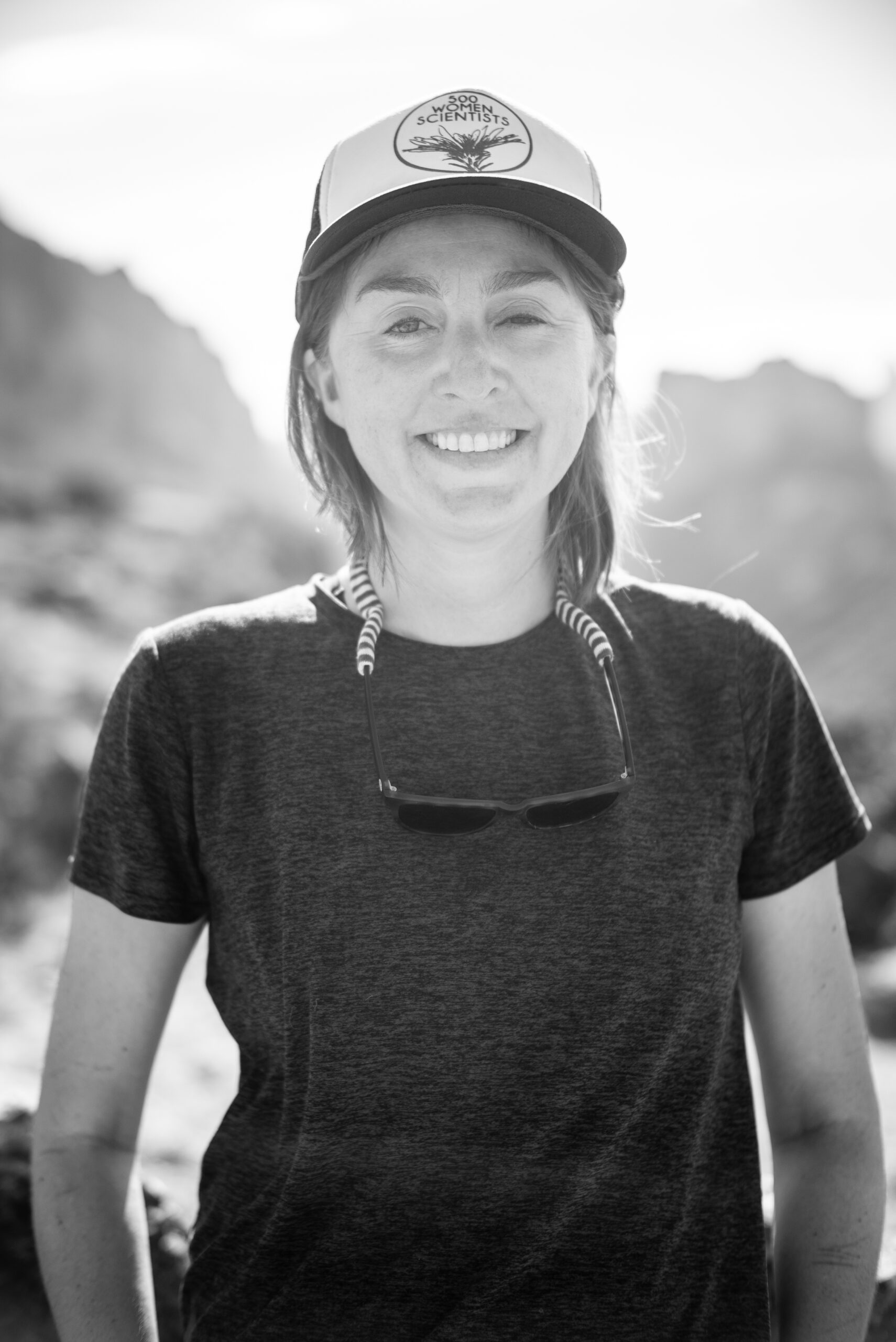Whether you’re planning your own JMT adventure, or are just interested in learning more about Sarah’s and Alison’s experience, we’ve thrown together a rundown of the gear we took with us. Email us if you have any questions!
Our top priority in selecting gear was keeping our packs light, which meant two things: minimizing excess/duplicates, and throwing down some notable cash for the latest and lightest that backpacking technology has to offer. Aside from socks, we only brought one of each item of clothing – one t-shirt, one pair of shorts, etc. This made for some serious grime as the days wore on, but we did our best to rinse and refresh at lakes and streams along the way.
Overall, our gear choices turned out to work very well. We had some nights that were colder than we expected, but probably not cold enough to have warranted a different gear choice for the trip as a whole. Below you’ll find a complete list of the clothing and gear we took, along with our top picks of the biggest standouts.
Clothing Standouts
Buff Wool Buff: Full disclosure: we bought these on a semi whim during our final trip to REI before departing to Yosemite. So glad we did! This thing is fantastic – a perfect weight of wool that doesn’t get too hot until it’s really warm outside, and a design that can be a neck gaiter, face mask, headband, ear muff… just awesome. They also turned out to be crucially helpful with our light sleeping bags for extra warmth at night. These will be a staple on all future backpacking trips!
Outdoor Research Gaiters: Boot gaiters are the best. Especially on the JMT, they’re crucial for keeping debris and rocks out of your boots. Those hikers we passed without gaiters were definitely sad about it, and said so! These are also good for blister prevention. They stretched out some after so many days without a real wash (only creek rinsing), but still, great product!
Patagonia Houdini Suite: The folks over at Patagonia really know how to make the magic happen when it comes to lightweight layer items. We’re both serious devotees of the Houdini set, and brought three items: the Houdini Jacket, the Alpine Houdini, which functioned as our rain jacket, and the Houdini pants. All three items got tons of wear on the trail. The alpine jacket is windproof and rain resistant, and combined with some insulation, it really keeps you warm when the temps drop. These are items that are in the bottom of our hiking packs anywhere we go!
Gear Standouts
Big Agnes Fly Creek 2 Platinum Tent, Footprint, and Rainfly: Our tent was easy to set up and take down and with the relatively small size, it was easy to find a camping spot. The small size helped the two of us stay pretty cozy (close quarters!), but it was necessary for us to use the fly almost every night in order to stay warm during the chilly September nights.
Western Mountaineering Summerlite Sleeping Bag: These sleeping bags are ridiculously light and pack down to an extremely small size. This 32 degree temperature rating turned out to be a little on the cold side for this time of year, and at several high elevation camps we were forced to wear most of our layers (including rain pants) inside the sleeping bag to stay warm. We would note that the Summerlite model does not have a full collar like some of the other models, meaning that the Wool Buff (see review above) and a winter hat were critical.
Jetboil Flash Cooking System: This stove system was light, easy to use, and fuel efficient. It exceeded our expectations on all fronts, even when we were boiling water at high elevation. We used it twice a day: once in the morning to heat water for coffee (and tea) and again in the evening to make water for our freeze-dried meals. Overall, we used 2 small canisters of fuel, but always carried a bit extra just in case.
LifeStraw: Though there were ample opportunities to filter water in streams and lakes along the trail even this time of year, stopping to filter water was somewhat of a time intensive production. Akin to drinking out of a stream from a gigantic filter straw, frequent LifeStraw-ing turned out to be a great way to limit the number of times that we had to stop to filter water. Additionally, it was reassuring to have a backup filter along.
Downsides Worth Mentioning
The Osprey Exos 58L pack had so many redeeming qualities and features that made it a potentially perfect pack for lightweight backpacking adventures. In fact, we passed a surprising number of these packs on the trail. This pack is currently only available in Unisex sizing, and we felt that it would have been so much better had it been available in Women’s sizes, with slightly different strap styles that offered more support in the hip belt. Osprey – If you’re listening, we would love to see a Women’s specific version of this pack in coming years!
We loved how light the Therma-rest Neo-Air sleeping pads were, but the material is very noisy can make for some sleepless nights if you are sharing a small tent.
Many hikers that we passed along the trail were using the Sawyer Squeeze Mini water filtration system. We would recommend that rather than using the squeeze pouch provided by Sawyer, consider using a cheap 1L disposable water bottle (e.g. Aquafina) to filter from – easier to fill in lakes and streams than the Sawyer platypus. We also chatted with many hikers that didn’t like the Sawyer pouches because they were easily punctured.
Our Mostly Exhaustive JMT Gear List
- Wind-proof Jacket and Pants
- Hiking boots
- 4 pairs of hiking socks
- 1 pair tall compression socks
- 1 pair shorts
- Neck gaiter
- Boot gaiters
- Ultralight down jacket (hood optional)
- Down vest (optional)
- Wicking t-shirt
- Sports bra
- Long underwear bottoms and top
- Baseball cap
- Sunglasses with croakies
- Camp shoes
- Wool winter hat
- Windproof or lightweight gloves
- Lightweight backpack (We used the Osprey Exos 58L. We both used size S/M, and it worked better for Alison, who is 5’9”, than Sarah, who’s 5’6”. Sarah will probably try to find a better fit for the next long pack trip.)
- Adjustable trekking poles
- Sleeping pad and repair kit
- Ultralight inflatable pillow
- Ultralight 3 season tent, footprint, and rainfly
- Stove and fuel
- Summer weight sleeping bag
- Personal water filter
- Collapsible water bottle (1.0 L) and extra water bottle (we brought 1L disposable bottles)
- Water purification tablets (for emergency)
- Titanium cup and spork
- Headlamp
- Small swiss army knife
- Bear Canister and bear-proof bag
- Nylon cord for bear bag
- Watch with alarm clock (GPS is a plus)
- Two bandanas (one to keep sun off your neck and ladies, another for a pee rag)
- First Aid Kit (extra blister bandaids, alcohol wipes, bandaid tape, leukotape, and pain meds)
- Tweezers and nail clippers
- Duct tape (small roll)
- Trowel and toilet paper (don’t run out of this or send some in resupply buckets)
- Wet wipes (having a wet wipe or two per day was a bit of a luxury, but was pretty nice)
- SPF chapstick
- Sunscreen (It can be very hot and the sun is intense, go for the waterproof variety)
- Body glide or some sort of anti-chaffing cream (small amount could save your day)
- Lighters and waterproof matches
- Small quantities of toiletries
- Lightweight / quick drying hand towel (great for washing your face or drying off)
- Pint and Gallon ziplocks (Some of these are great for keeping spare clothes dry, maps organized, trash contained)
- Extra batteries for headlamps and spot tracker
- Compass
- GPS tracker
- Tom Harrison JMT maps (we marked these beforehand to indicate camping sites and our itinerary, mileage, elevation, etc. for each day)
- Camera and extra battery


